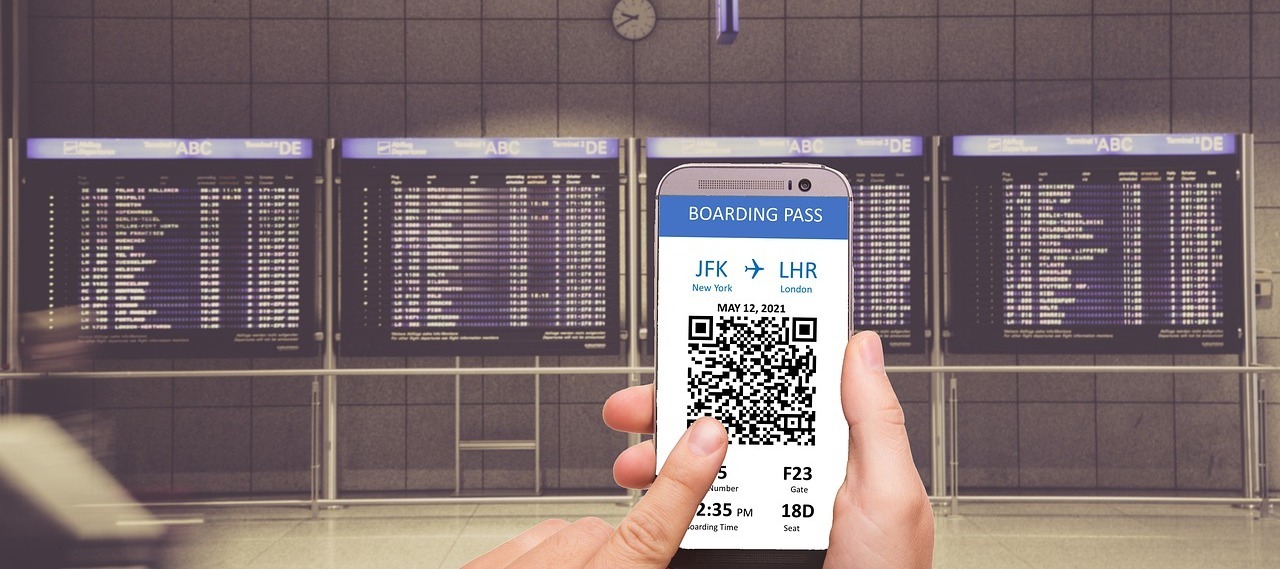
AI and Machine Learning in the Travel Industry: How to do it Right
Sure, travel may have been put on the back burner for the past couple of years. According to UNWTO’s Barometer, 54 million tourists crossed international borders in July 2021, a number that represents a 67% drop from the same month in 2019.
Nonetheless, the travel industry is (slowly but surely) recovering. The numbers are expected to go back to pre-pandemic times over the next two to three years, which means that now is the perfect time for travel businesses to explore ways to prepare for the future.
With the vast technological leaps being made every day, there should be no doubt that AI and machine learning will contribute to significant transformations in the travel industry. Still, the question remains: what is the right way to do AI and ML in travel right now? And how does it go from being a gimmick to a feature that is actually beneficial to customers?
Improving Customer Experience
The best way to instantaneously apply AI to the travel industry (and with great success) is to use it to improve customer experience.
Although they’re lauded as some of the most efficient medicines for stress, travel and vacations come with their fair share of worries. As many as 67% of vacationers suffer from information overload. Moreover, 41% get overwhelmed by the task of scheduling. Looking at these numbers, it becomes clear that there is plenty of room for improvement when providing travel-related services to consumers.
For the past few years, large companies have been successfully implementing AI with the purpose of boosting customer experience.
Hyatt, for example, introduced the use of an Intelligent Virtual Assistant (IVA), which helped the company save $4.4 million on customer care without sacrificing the quality of service its customers expected.
Slightly smaller companies utilize advanced AI and ML algorithms to identify drops in airfare. Once the information is collected, the company’s human operators work to get that information to its customers. This is done either through personalized notifications or through detailed guides on finding and then booking affordable flights.
Of course, not all players in the travel industry can afford to invest in the development of advanced technology. But, what they can do is apply affordable solutions that hold the potential of boosting customer experience.
Chatbots, for example, make for a great website tool, seeing how they can take care of a significant portion of customer questions and inquiries. Moreover, they’re super-efficient at collecting relevant customer data, which can streamline the sales process, even if the business has a small team and a limited number of hours when its operators are active.

Content Curation & Recommendations
A slightly alternative but equally efficient approach to using AI and ML in the travel industry is making them a part of brands’ content marketing strategies.
As one of the most popular selling tactics in use, content marketing plays a significant role for as many as 91% of all organizations. But, the thing is, it can often be expensive and even miss the mark. That’s where AI and ML come into play.
As the right photo, for example, can make the difference between a sale and a fail, brands like Tripadvisor use deep learning to identify and prioritize images that are to be shown to consumers browsing for accommodation and services. This ensures that each listing is presented in the best possible light, making it easier to grab user attention without creating false expectations or turning potential buyers off with low-quality imagery.
It is also possible to use AI and ML to build recommender systems, which choose the most relevant content to be shown to web visitors. If, for example, a brand’s content marketing strategy includes blog posts and guides, a machine learning recommender can help optimize suggested articles, helping keep consumers online for longer and more engaged.
Website UX Improvements
Finally, one of the most widespread uses of AI and machine learning in the travel industry is not actually related to travel itself. Nonetheless, it plays a major role in helping brands deliver exceptional service to customers.
The application in question is improving web UX through the collection and analysis of relevant data.
By simply following user actions on websites, perhaps even combining the data with eye-tracking or heatmaps, brands can find underperforming pages and UI sections and either optimize or remove them.
This helps consumers get their preferred products/services faster. All the while, it also helps boost conversions for brands, making the strategy a win-win that benefits everyone involved.

Final Thoughts
While there are numerous exciting and innovative ways to make AI and ML a part of the travel industry, it’s essential to understand that they’re not just a vision for the future.
Much more importantly, AI and ML represent the reality of running a travel business (or any business for that matter) in 2021 and beyond, which means that entrepreneurs must find ways to utilize them in the most beneficial ways possible.
They might choose to do this by investing in the development of their own solutions. Or, they might commit to finding tools to advance their business. The decision will depend on their budgets. But what is 100% sure is that a sales and marketing approach that’s in line with the times is guaranteed to deliver better results than one that’s outdated and doesn’t make the absolute most of the available data and tech.
© 2021 LeackStat.com
